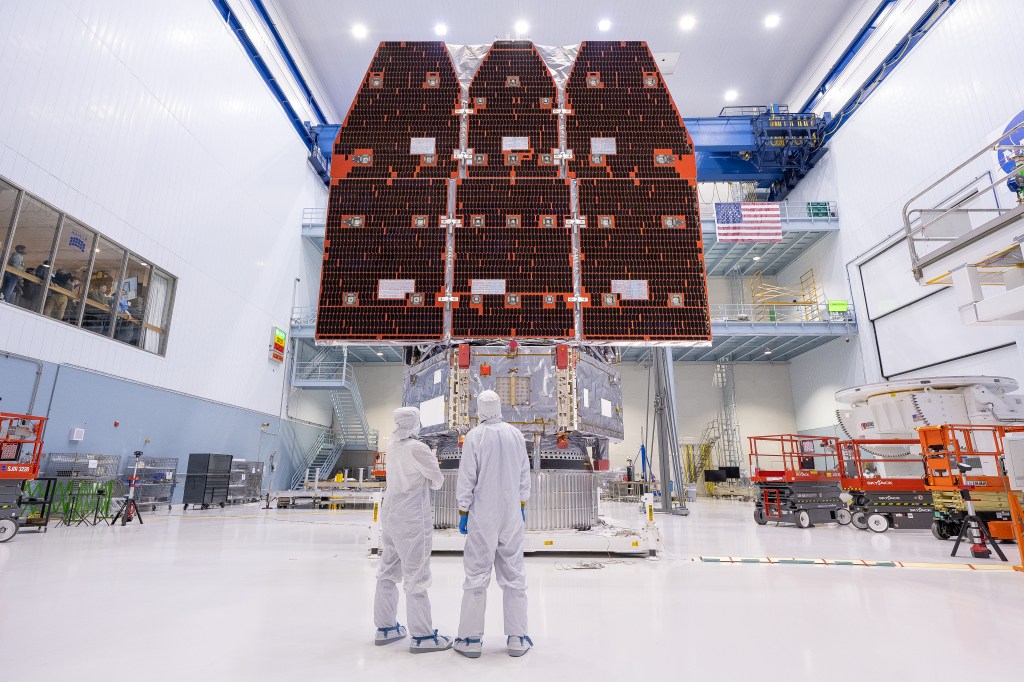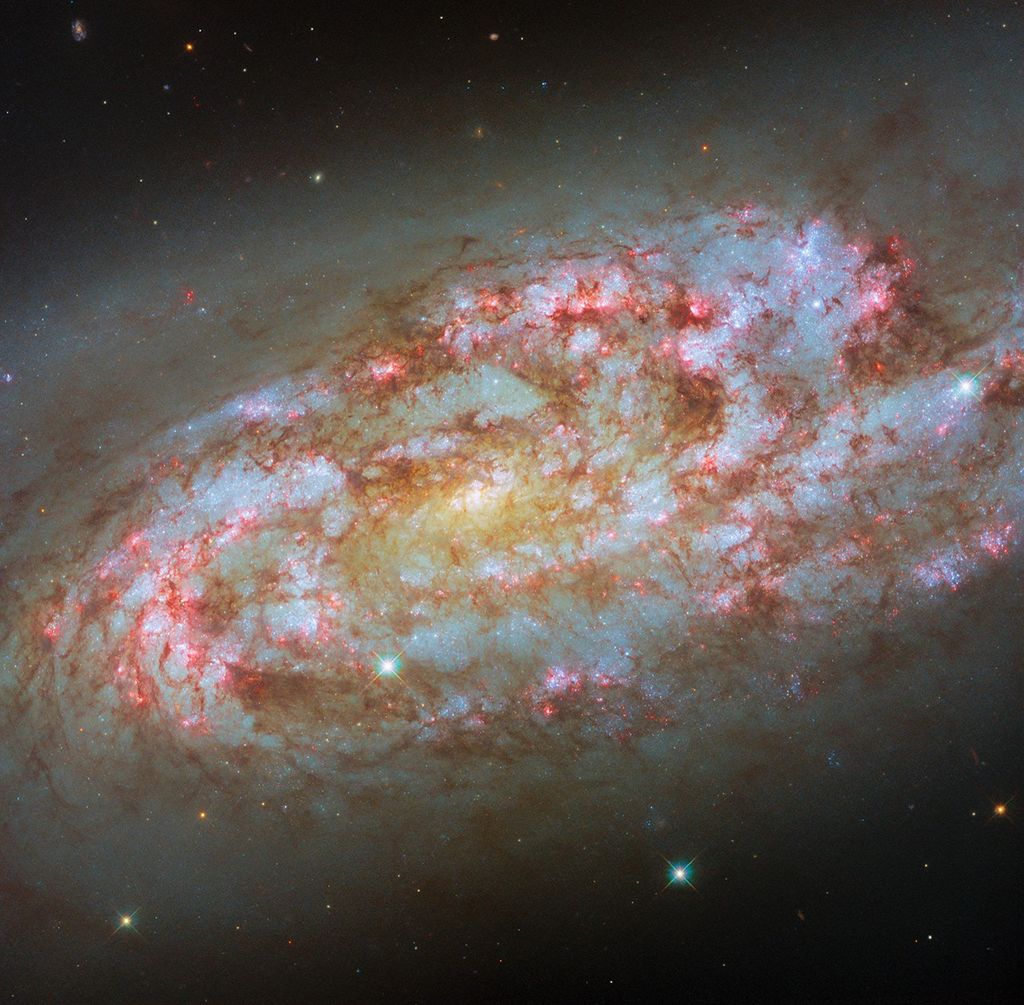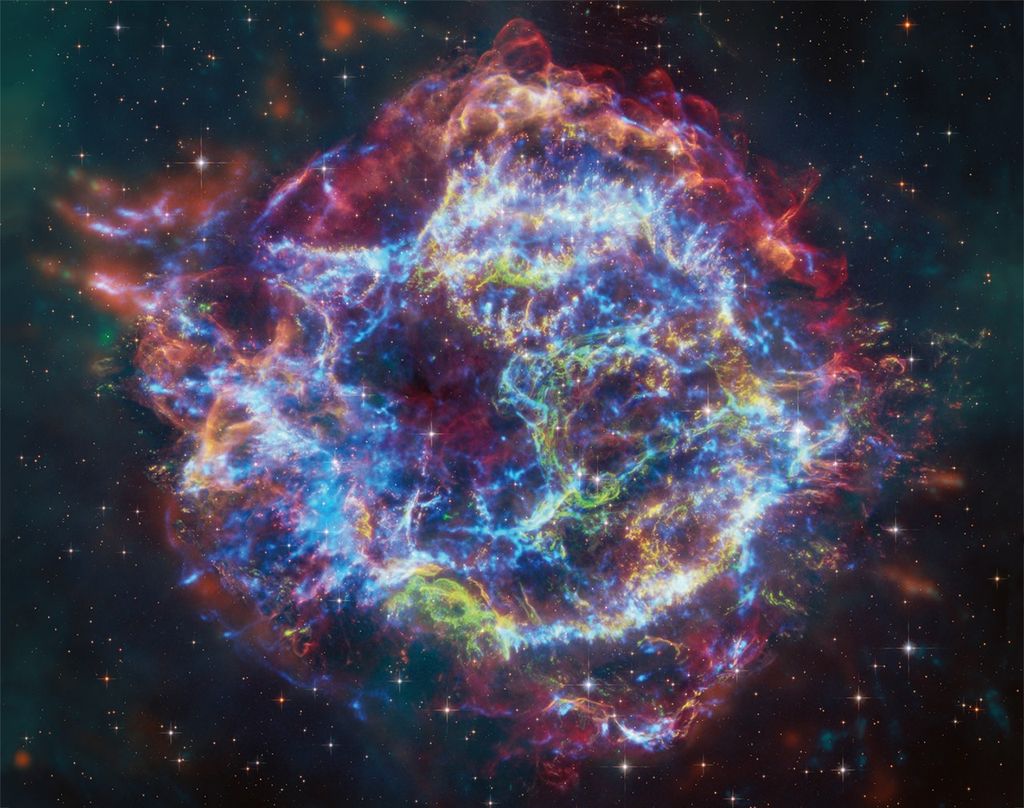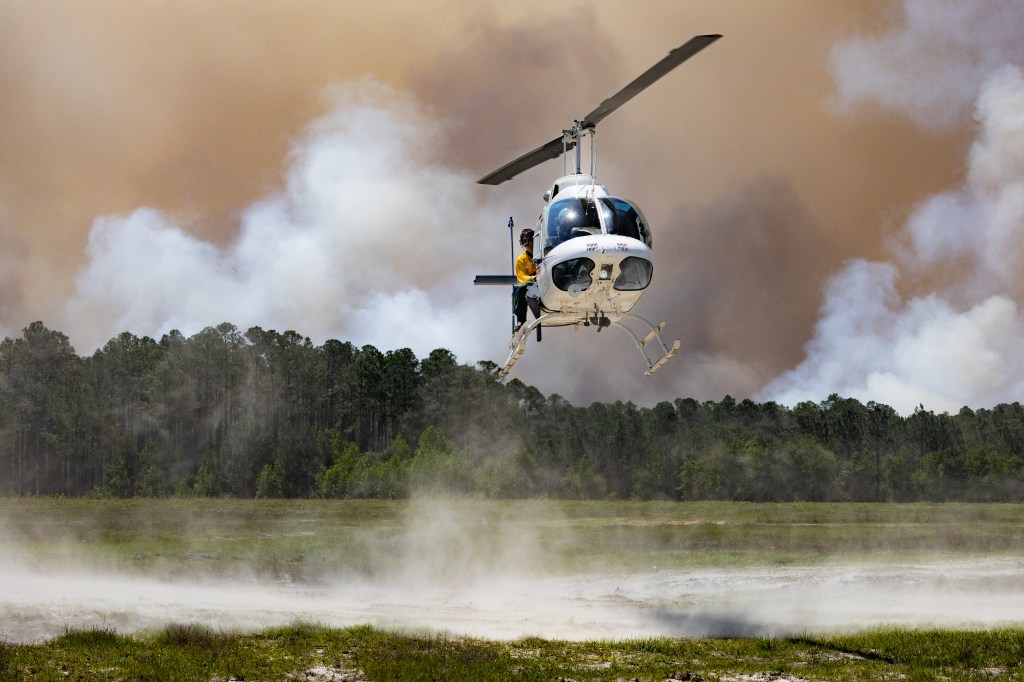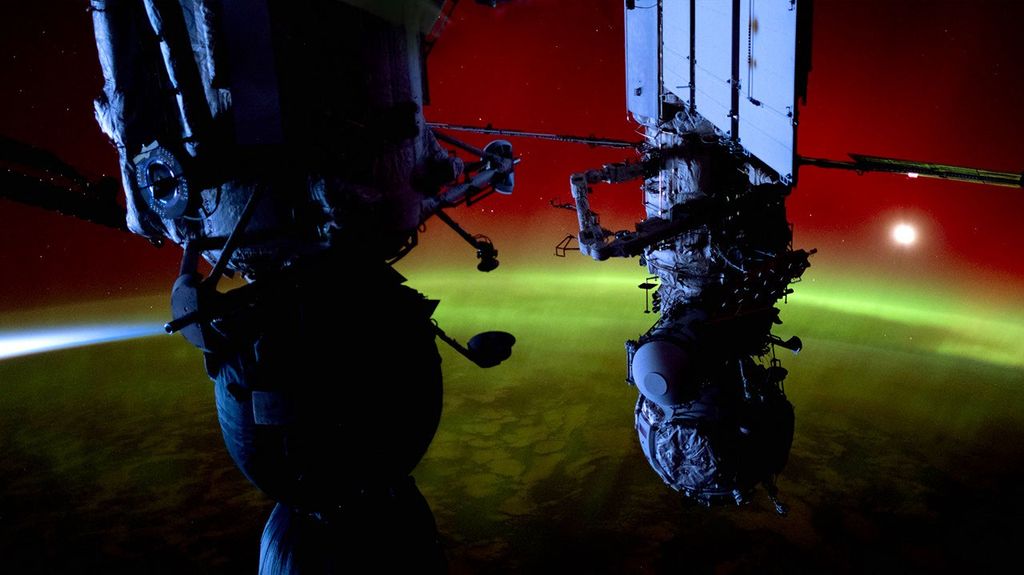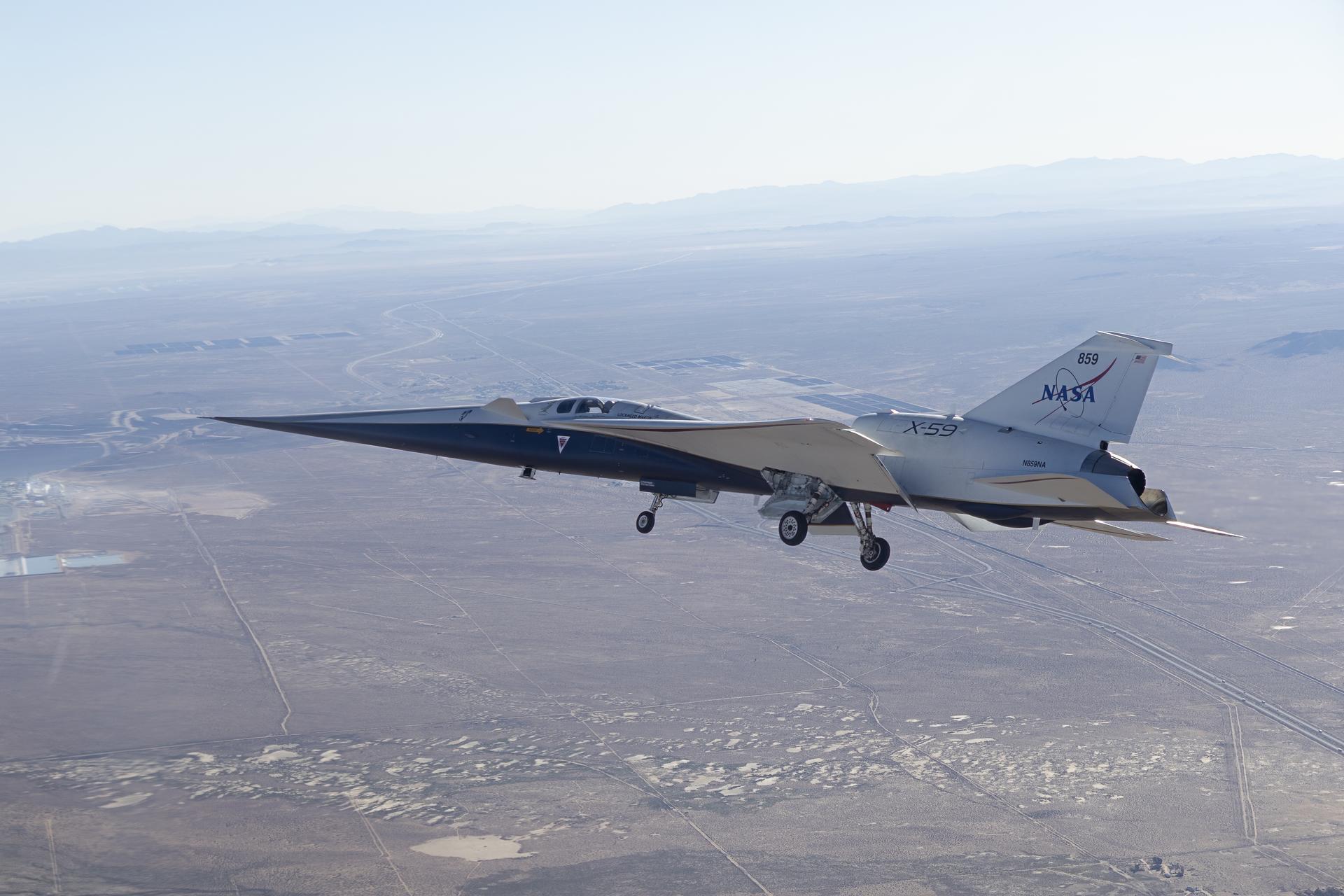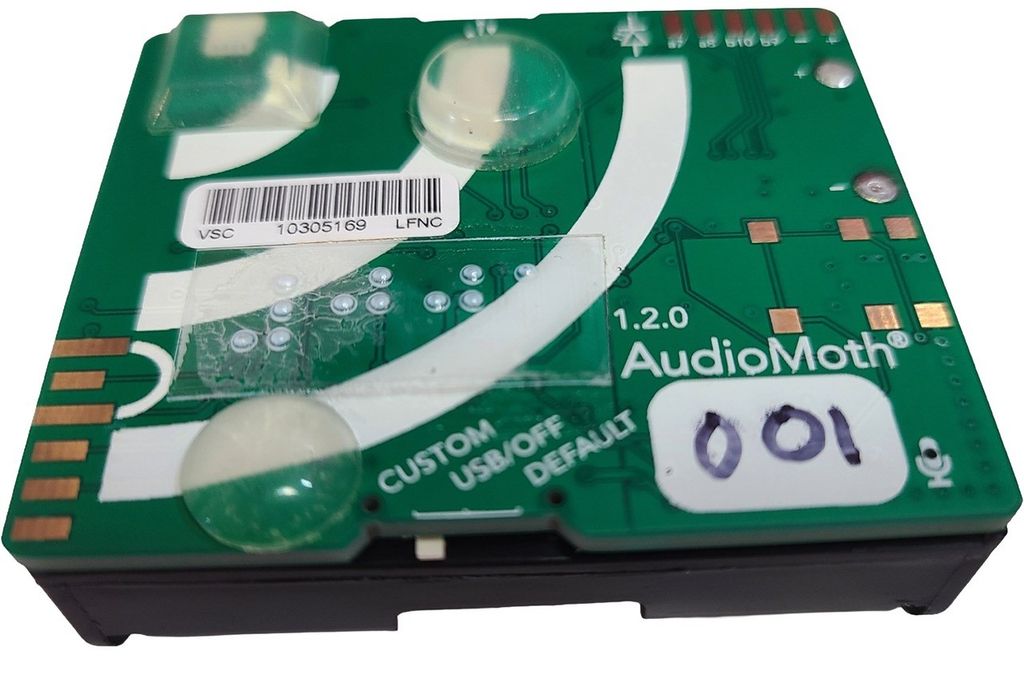1 min read
The Antennae Galaxies/NGC 4038-4039

This new NASA Hubble Space Telescope image of the Antennae galaxies is the sharpest yet of this merging pair of galaxies. During the course of the collision, billions of stars will be formed. The brightest and most compact of these star birth regions are called super star clusters.
The two spiral galaxies started to interact a few hundred million years ago, making the Antennae galaxies one of the nearest and youngest examples of a pair of colliding galaxies. Nearly half of the faint objects in the Antennae image are young clusters containing tens of thousands of stars. The orange blobs to the left and right of image center are the two cores of the original galaxies and consist mainly of old stars criss-crossed by filaments of dust, which appears brown in the image. The two galaxies are dotted with brilliant blue star-forming regions surrounded by glowing hydrogen gas, appearing in the image in pink.
The new image allows astronomers to better distinguish between the stars and super star clusters created in the collision of two spiral galaxies. By age dating the clusters in the image, astronomers find that only about 10 percent of the newly formed super star clusters in the Antennae will survive beyond the first 10 million years. The vast majority of the super star clusters formed during this interaction will disperse, with the individual stars becoming part of the smooth background of the galaxy. It is however believed that about a hundred of the most massive clusters will survive to form regular globular clusters, similar to the globular clusters found in our own Milky Way galaxy.
The Antennae galaxies take their name from the long antenna-like "arms" extending far out from the nuclei of the two galaxies, best seen by ground-based telescopes. These "tidal tails" were formed during the initial encounter of the galaxies some 200 to 300 million years ago. They give us a preview of what may happen when our Milky Way galaxy will collide with the neighboring Andromeda galaxy in several billion years.
About the Object
- R.A. PositionR.A. PositionRight ascension – analogous to longitude – is one component of an object's position.12h 1m 53.18s
- Dec. PositionDec. PositionDeclination – analogous to latitude – is one component of an object's position.-18° 52' 52.4"
- ConstellationConstellationOne of 88 recognized regions of the celestial sphere in which the object appears.Corvus
- DistanceDistanceThe physical distance from Earth to the astronomical object. Distances within our solar system are usually measured in Astronomical Units (AU). Distances between stars are usually measured in light-years. Interstellar distances can also be measured in parsecs.62 million light-years (19 Megaparsecs)
About the Data
- Data DescriptionData DescriptionProposal: A description of the observations, their scientific justification, and the links to the data available in the science archive.
Science Team: The astronomers who planned the observations and analyzed the data. "PI" refers to the Principal Investigator.This image was created from HST data from proposal 10188: B. Whitmore (STScI), M. Rieke (University of Arizona), F. Schweizer (Carnegie Institution of Washington), W. Blair (Johns Hopkins University), G. Rieke (University of Arizona), C. Leitherer (STScI), A. Alonso-Herrero (Spanish National Research Council), and S. Mengel (European Southern Observatory, Germany). - InstrumentInstrumentThe science instrument used to produce the data.HST>ACS/WFC
- Exposure DatesExposure DatesThe date(s) that the telescope made its observations and the total exposure time.July 21, 2004 and February 16, 2005, Exposure Time: 4.9 hours
- FiltersFiltersThe camera filters that were used in the science observations.F435W (B), F550M (y), F658N (Halpha+[N II]), and F814W (I)
- Object NameObject NameA name or catalog number that astronomers use to identify an astronomical object.NGC 4038/4039,Antennae Galaxy
- Object DescriptionObject DescriptionThe type of astronomical object.Interacting Galaxy
- Release DateOctober 16, 2006
- Science ReleaseSuper Star Clusters in the Antennae Galaxies
- CreditNASA, ESA, and the Hubble Heritage Team (STScI/AURA)-ESA/Hubble Collaboration; Acknowledgment: B. Whitmore (Space Telescope Science Institute)

This image is a composite of many separate exposures made by the ACS instrument on the Hubble Space Telescope using several different filters. Four filters were used to sample broad and narrow wavelength ranges. The color results from assigning different hues (colors) to each monochromatic image. In this case, the assigned colors are: Blue: F435W (B) Green: F550M (y) Pink: F658N (Halpha+[N II]) Red: F814W (I)
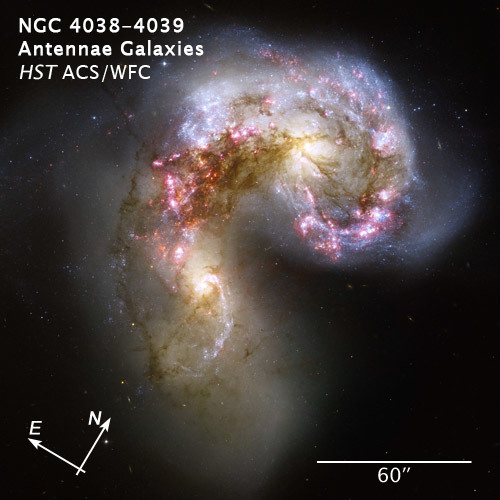
Related Images & Videos

Super Star Clusters in the Antennae Galaxies
Zooming through the nighttime sky into the constellation Corvus the crow, deeper into the Hubble's Advanced Camera for Surveys image of the Antennae galaxies. The "stellar fireworks" contain brilliant young clusters of tens of thousands of stars. Orange blobs to the left and...
Share
Details
Claire Andreoli
NASA’s Goddard Space Flight Center
Greenbelt, Maryland
claire.andreoli@nasa.gov



